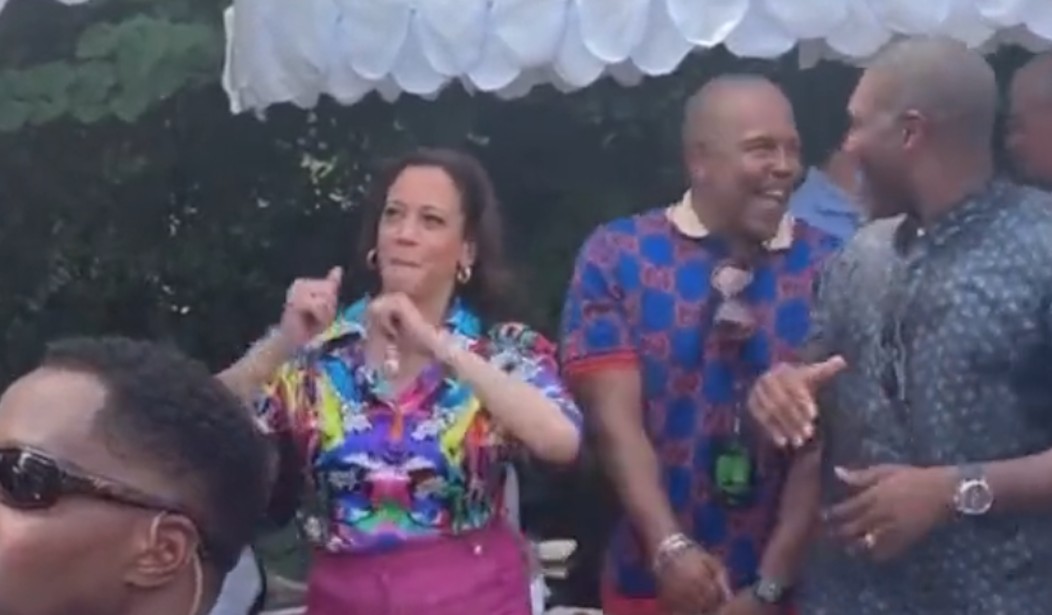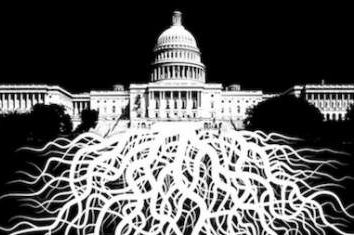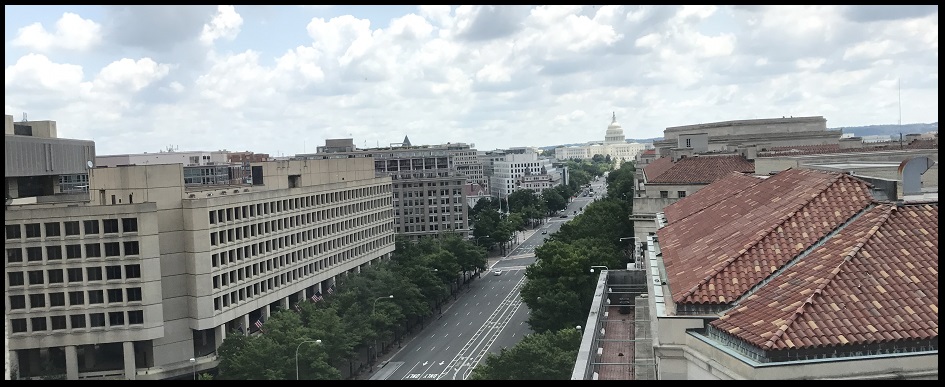The need for stronger civics instruction has never been clearer. As recently released test scores revealed, American students simply do not possess the civics knowledge they need to become thoughtful and engaged citizens. Knowledge of basic facts is important; knowledge of our nation’s story and founding ideals—which gives meaning to these facts—is more so.
Unfortunately, many K-12 civics teachers do not have the necessary training to succeed in the classroom. Schools of education do not typically afford aspiring teachers an opportunity for in-depth study of key texts in the American tradition. High levels of polarization and a lack of trust in public schools mean many teachers are unsure how to teach about key figures and moments in our history or how to discuss controversial political issues in a nonpartisan way.
That’s where my organization, the Jack Miller Center (JMC), comes in. We are a non-partisan, nationwide network of scholars and teachers dedicated to teaching the American political tradition. Our scholars have the expertise teachers need to navigate our current divisions and build trust. They can help teachers understand the contours of our most fundamental debates and squarely address the failures in our nation’s history while fully appreciating our achievements.
To that end, JMC introduced a Founding Civics Initiative in 2016. “Founding Civics” has clearly resonated with teachers. In just eight years nearly 2,000 teachers have participated in this initiative. In fact, this year we’ve reached an all-time high for summer programs: JMC has completed 24 teacher education programs across nine states this summer alone, training nearly 500 teachers for the upcoming school year and beyond.
These programs offer in-depth explorations of some of the most challenging topics in civics today by avoiding simple left-right narratives and focusing on primary sources.
This year, multi-day programs were held in partnership with nine campuses. Programs like the “Civic Literacy and Citizenship Symposium” with the University of Wisconsin-Madison offered teachers the opportunity to discuss the importance of virtue for liberty, the evolution of the First Amendment, and the development of judicial review. The “Summer Civics Institute on American Principles and Debates” at American University saw teachers digging into the roots of contemporary ideologies and examining them in relation to the American founding.
Programs at Baylor University and the University of North Texas allowed teachers to confront race and American politics head-on through sessions on slavery and the American founding, Lincoln and the Civil War, and African American political thought. “Investigating Foundational Questions in American Civics,” in partnership with North Greenville University, encouraged teachers to think more carefully about concepts such as American exceptionalism and whether the Declaration was really for all Americans.
Florida is a state on the frontlines of education reform, so JMC made our work there a strategic priority. We offered six programs across the state and continue to play a leading role in statewide civics reform with nearly 800 Florida teachers having participated in JMC programs since 2020.
At the University of West Florida program, special attention was paid to dissent in American politics—from the Anti-Federalists in the ratification debates, to the dissents in the Dred Scott case, to anti-slavery advocates such as William Lloyd Garrison and Frederick Douglass. At Florida Atlantic University teachers considered the American founding in 21st century contexts by examining Hamilton the musical in light of Alexander Hamilton’s actual writings and considering issues of free speech and civil discourse on social media.
In St. Petersburg, we also commenced our second year of the competitive-admission year-long American Political Tradition Institute, which consisted of a five-day residential program and will continue with virtual curriculum-development sessions during the academic year. Teachers loved the summer sessions, with one tweeting that she “walked away exhilarated” while another described it as “truly empowering.”
Summer institutes and workshops such as these are tremendously important, but credit-bearing graduate courses in American political thought and history are also essential. Graduate courses can help public school teachers rise in district pay scales while offering the rigor of a formal class structure and graded assignments.
We sponsored four graduate courses for teachers this summer, including “Teaching Civics in an Age of Controversy” and “Political Thought of the American Revolution” through the University of Chicago, “Alexis de Tocqueville’s ‘Democracy in America’” at Tufts University, and “The American Constitutional Experience” at Lake Forest College. All courses offered deep dives into crucial primary sources while also considering prominent secondary sources that shape the way we understand the American story.
The mission of the Jack Miller Center is to help teachers and students connect with and safeguard our nation’s ideals. Improving K-12 teachers’ knowledge of America’s history and its founding will help preserve that vital knowledge for future generations. This is an urgent mission all educators should share. As JMC’s founder and chairman, Jack Miller, says, “The battle for the soul of our nation will be won or lost in our classrooms.”











